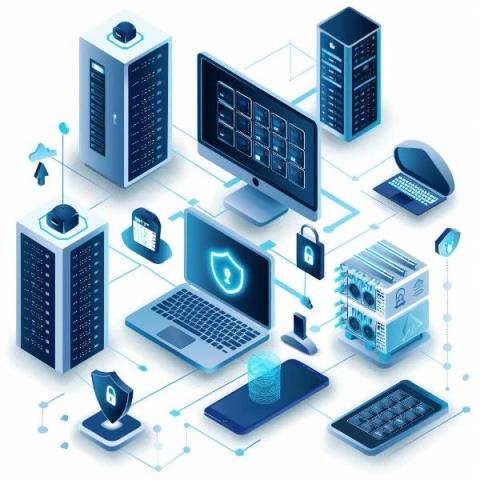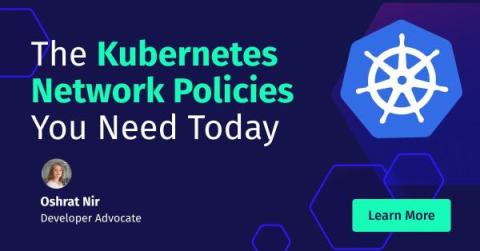Quick Kubernetes SBOM Integration: Secure Your Cluster with SBOM Observer in a few seconds
Discover the fastest way to enhance your Kubernetes security and compliance! With SBOM Observer's new Kubernetes integration, you can generate and upload SBOMs for your entire cluster in just a few seconds using our CLI. This approach offers a holistic SBOM-centric overview, enabling vulnerability detection and management across environments. Level up your cybersecurity strategy today and ensure your environments remain compliant.











